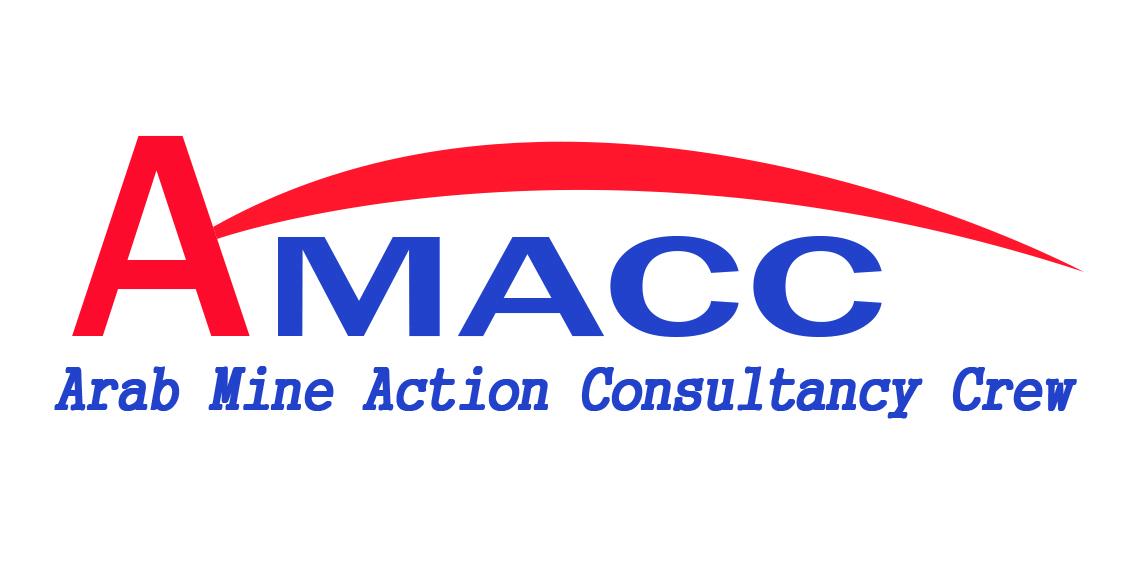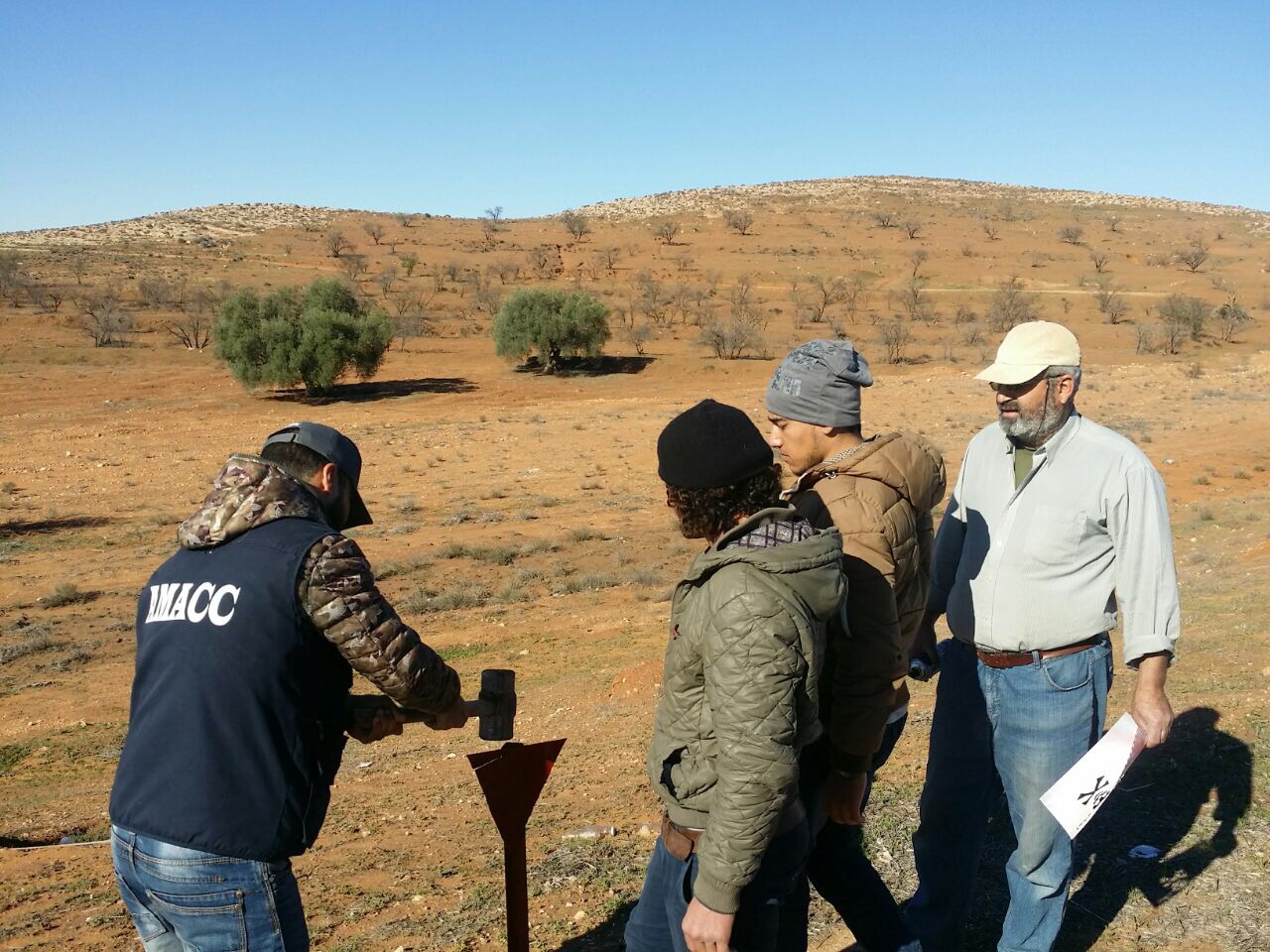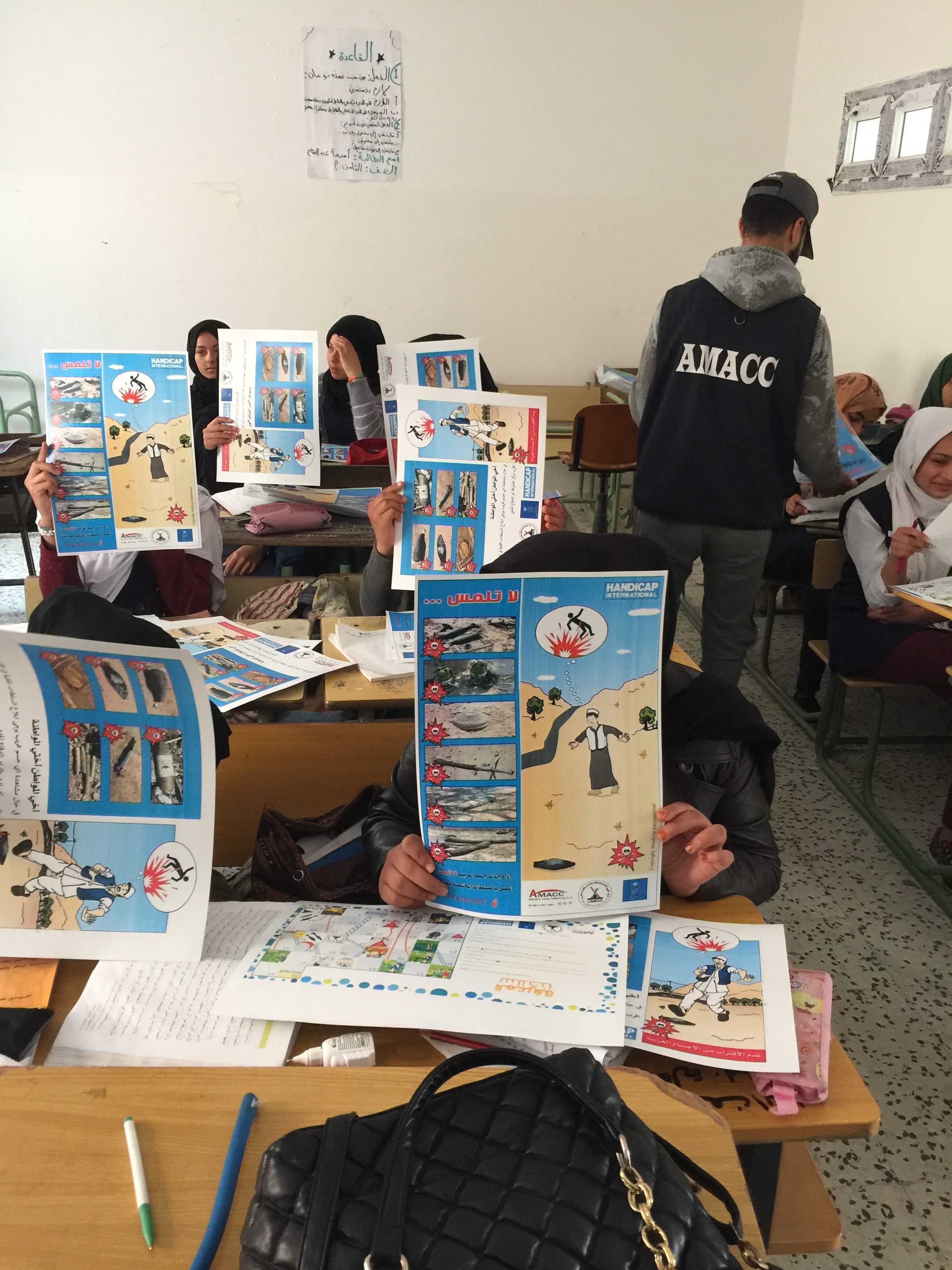Or the formal gathering of mine-related information, is required before actual clearance can begin. Impact surveys assess the socio-economic impact of the mine contamination and help assign priorities for the clearance of particular areas.
Doing impact surveys to making use of all available sources of information, including minefield records, collect data about mine victims, and interviews former combatants and local people. Then use the technical surveys to define the hazard area as Confirmed Hazardous Area (CHA) according to direct evidence and Suspected Hazardous Area (SHA) according to indirect evidence and provide detailed maps for the next operations.
A Task where Technical Survey procedures are used to determine parts of the area with a non-known threat to define the area to a Confirmed Hazardous Areas (CHA). Technical Survey should precede clearance at all Tasks where a separate Technical Survey has not been conducted. Technical Survey must be conducted using clearance procedures to determine the hazard type mines, cluster or unexploded ordnance.




